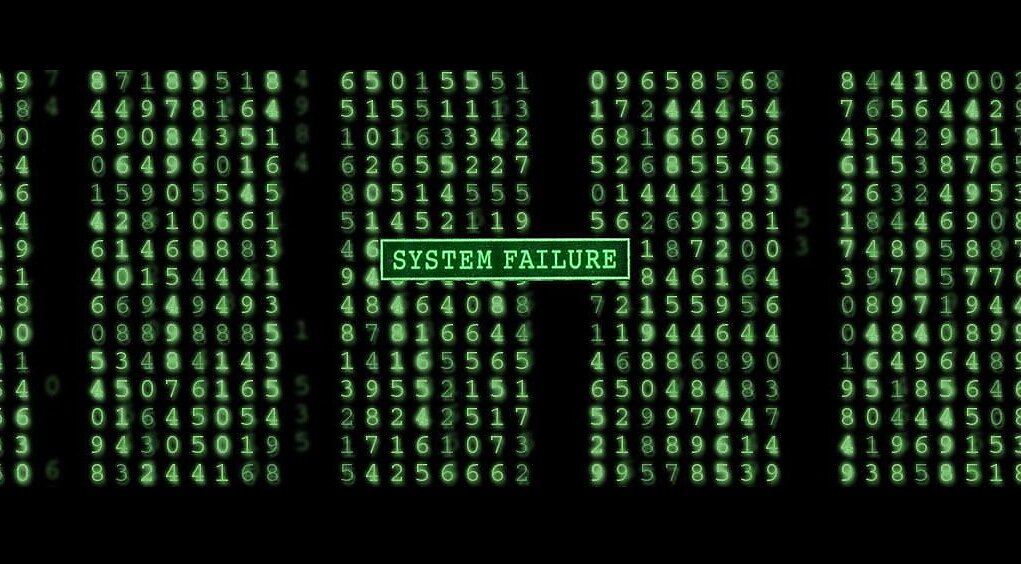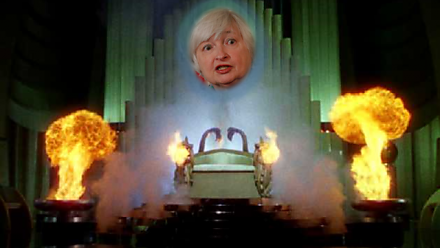Plenty of writers have claimed that the Federal Reserve fueled last decade’s subprime boom by holding interest rates too low for too long after the dot-com crash. But hardly anyone has tried to explain why the Fed did so.
Yours truly has taken a stab at it, together with my former student (and now eminent Market Monetarist) David Beckworth and my former University of Georgia colleague (and current Özyeğin University faculty member) Berrak Bahadir. Here is our just-published article in the Journal of Policy Modeling.
Our argument, in brief, is that the Fed blew it by not treating the exceptionally high post-2001 productivity growth rate as warranting an upward revision of the Fed’s interest-rate target (as neoclassical theory would suggest). Instead, Fed officials believed they could maintain a below-natural interest rate target without risking a corresponding increase in inflation.
We supply lots of evidence supporting our interpretation and, thereby, supporting the view that excessively easy Fed policy did indeed contribute substantially to the subprime boom. We also show how nominal gross domestic product targeting would have prevented this outcome, and that it would have done so to an even greater extent than strict adherence to a Taylor Rule.
Readers familiar with my arguments favoring a “productivity norm,” as presented in Less Than Zero and elsewhere, will understand the claims made in our paper as a specific application of those more general arguments.
The publishers have kindly allowed us to make the article available here without a pay wall for a brief period only, so consider saving it if you might want to have it for longer.
[Cross posted from Alt‑M.org]


